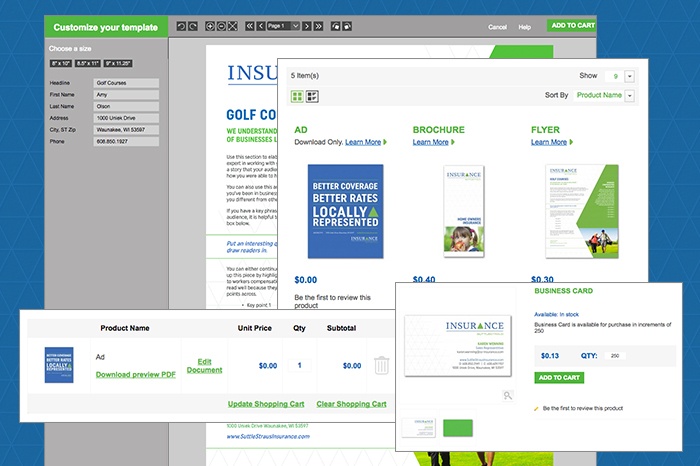
While advances in technology have certainly eased workload and allowed us to accomplish more with less, the market has also become saturated with similar systems all vying for their place in the market. There are now over 3600 marketing applications to choose from. As more solutions enter the marketplace, choosing a technology system that is a good fit for your organization’s needs becomes even more challenging.
One type of technology that has emerged in the last few years is the brand management system or BMS. At its core, a BMS represents the basic internal management infrastructure necessary to sustain brand-building activities and brand equity creation. However, within the BMS umbrella there are a number of sub-systems, each designed with a slightly different purpose. To help you determine which is right for your organization, we’ll examine three common systems.
Marketing Resource Management System (MRM)
An MRM system centralizes an organization’s entire marketing operations into one location. It often features a built-in DAM system, budget/co-op management, template customization and brand definition management. In the absence of a built-in DAM system, some MRM systems feature robust capabilities to integrate with external systems, allowing the customer to choose whichever DAM platform best accommodates their needs. Other integration options may also include a CRM or accounting software, enabling all key operational systems to share information and provide more streamlined processes across departments.
Digital Asset Management System (DAM)
A DAM system is a valuable tool for organizing, storing, retrieving and managing digital assets such as photos, music, videos, podcasts, or other multimedia content. Like most other systems, it may also feature template customization. While a DAM system can stand on its own, it’s often seen integrating with other systems due to the need for more output capabilities.
Distributed Marketing Platform (DMP)
A DMP is similar to an MRM, in that it usually includes a DAM, budget/co-op management, template customization and integrations. It focuses less on brand management and more on marketing collateral creation, however. Materials housed in a DMP can be shared digitally or ordered from an external print shop and are accessible by a variety of individuals such as sales, operations, and local marketers.
When one of these systems is implemented within an organization, it may take on a variation of one of these names to internal teams, such as a digital asset library or a marketing resource center.
Because there are many similarities in these systems, it’s important to know exactly what you want a BMS to accomplish. Not having a thorough understanding of your organization’s needs and what features each system offers can lead to a larger and more costly system than necessary, which ultimately hurts your bottom line and reduces efficiencies.
A customized brand portal by Suttle-Straus is a MRM system that can accommodate multi-brand marketing and allow collateral to be customized by its users. However, it also combines the DMP model, in that materials housed in the portal can be printed or accessed digitally.
What sets our brand portals apart from other MRM systems or DMPs, however, is it’s native integration with Suttle-Straus’ superior in-house manufacturing. Posters, direct mailers, business cards, and more are created seamlessly from automated workflows originating in the portal. This can greatly reduce the time to market and an organization’s need to manage multiple vendors. Our customized brand portals also take things a step further with fulfillment capabilities, making them truly a one-stop shop for marketing resource management.
Editor's Note: This article contains excerpts from the eBook, How to Select a MRM System. The full eBook can be downloaded here.



